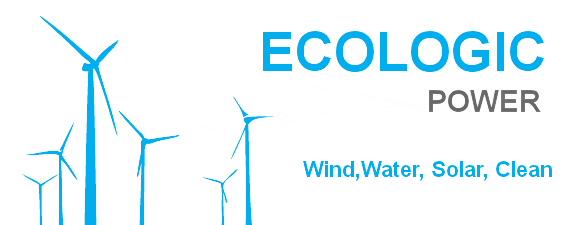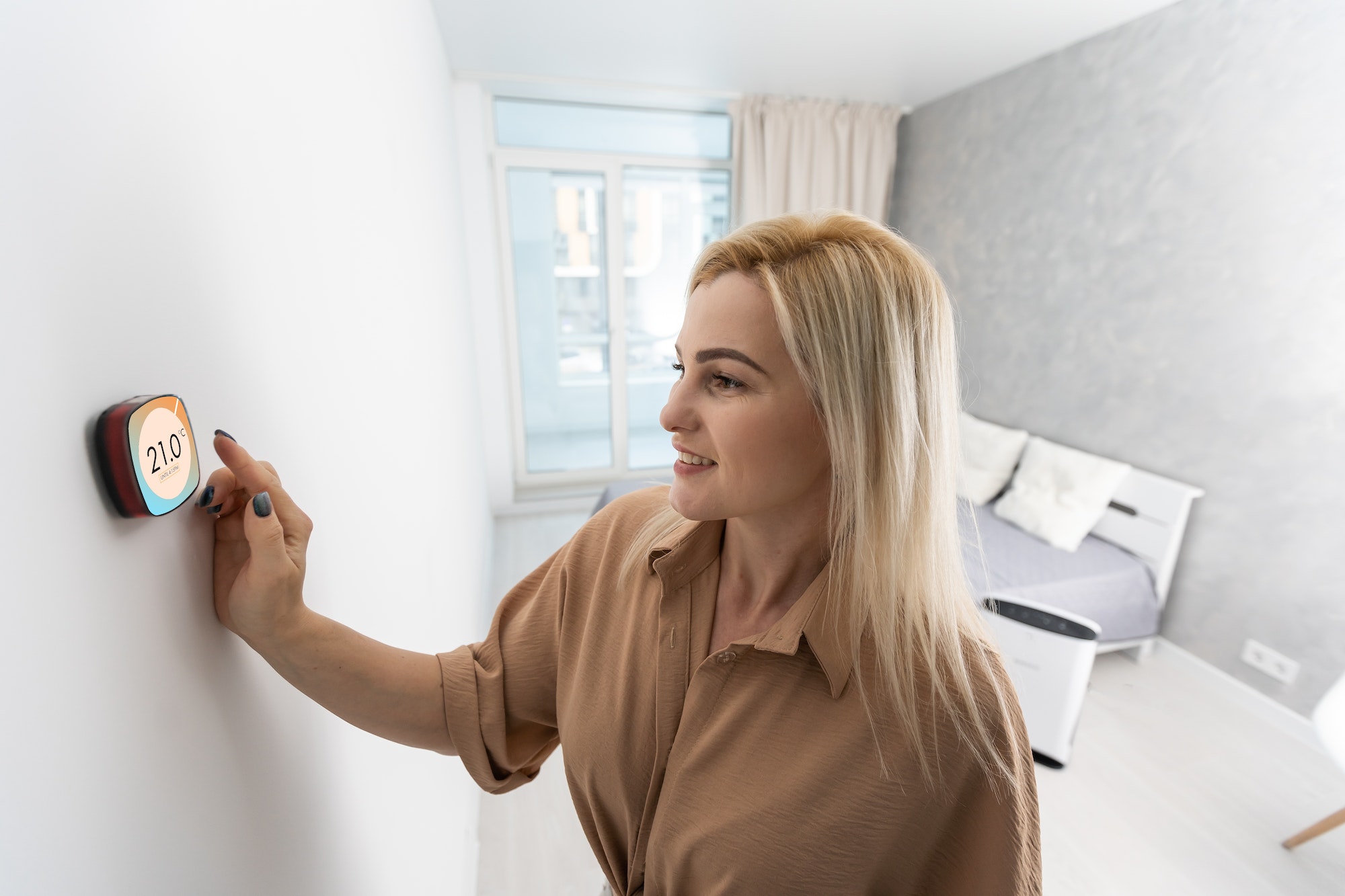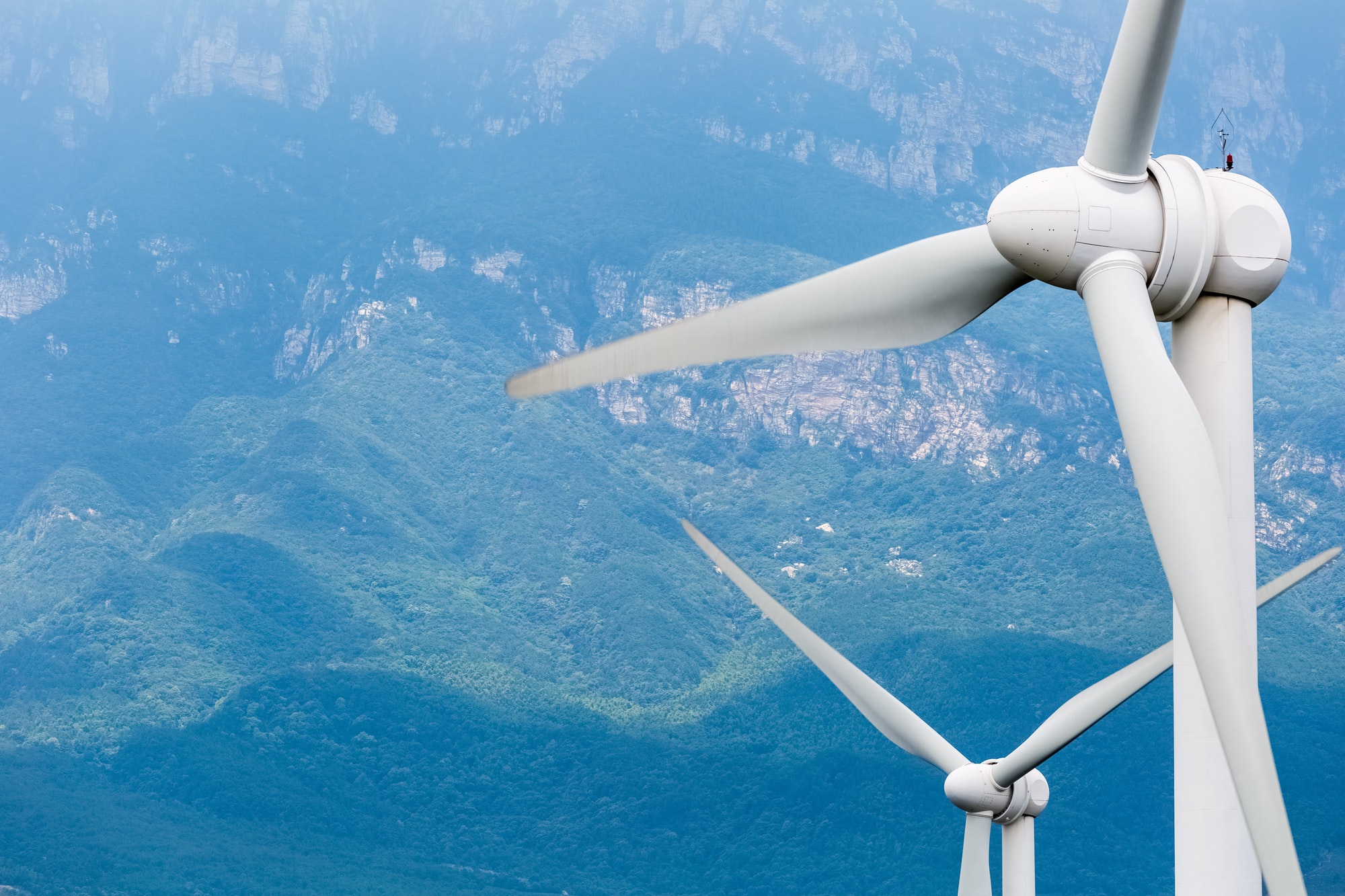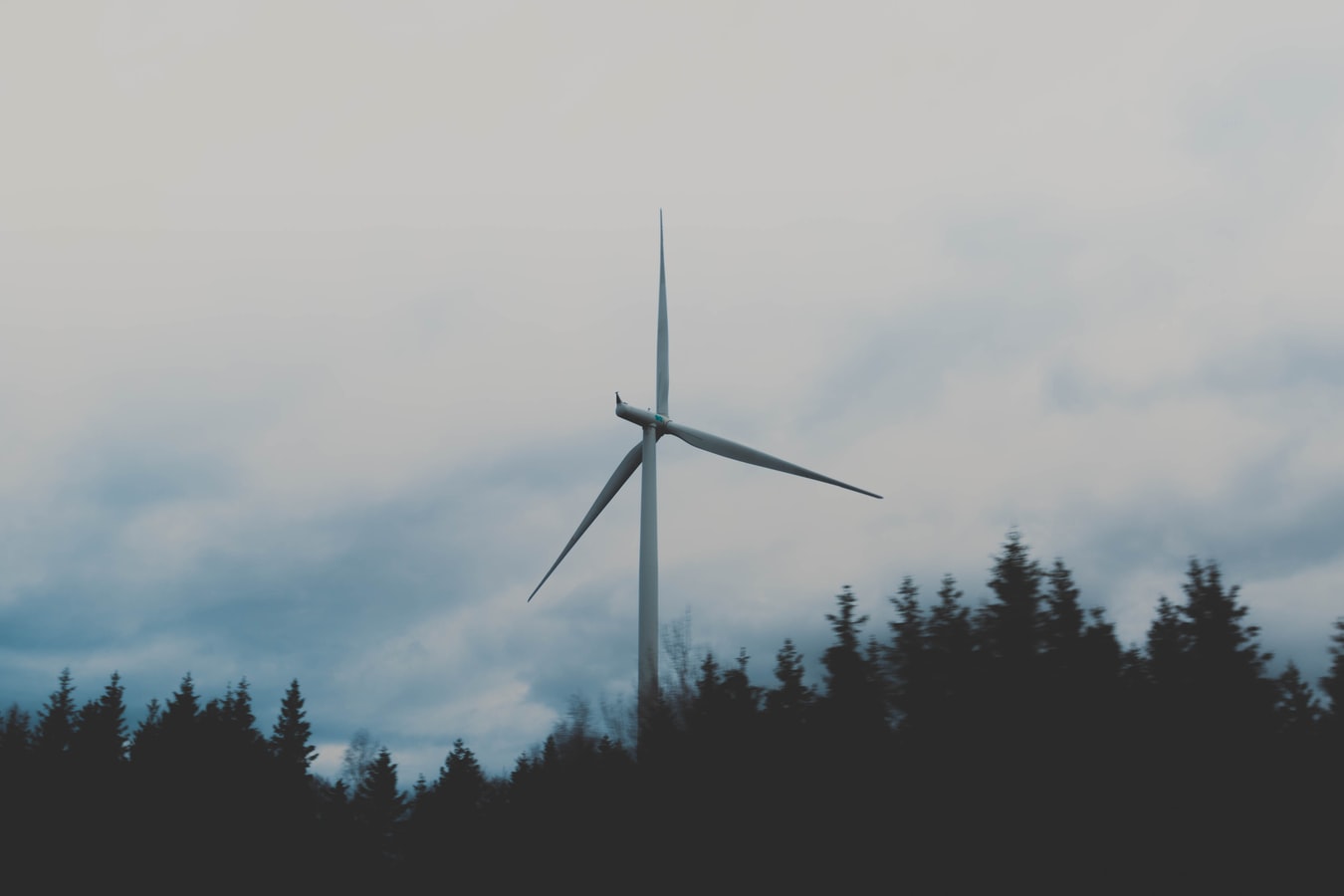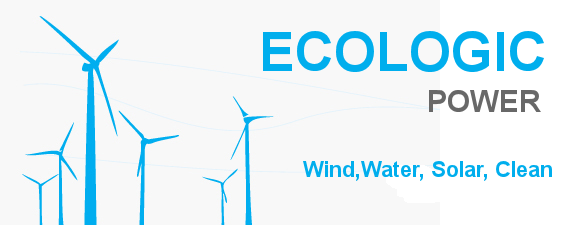Modern Tiny House Design: Top 10 Home Tours & Floor Plans
Modern tiny house design offers a solution to the challenges of urban living, providing a fresh perspective on compact and efficient homes. With its carefully planned floor plan, this minimalist home maximizes space while maintaining functionality. The kitchen and bedroom are designed to be both stylish and practical, making the most of every square inch. … Read more
